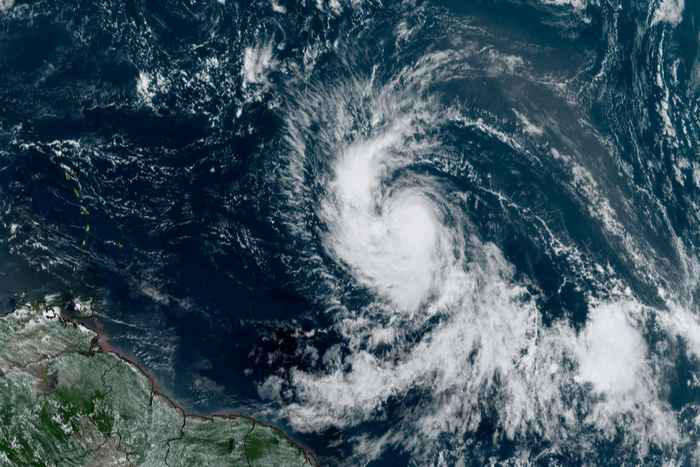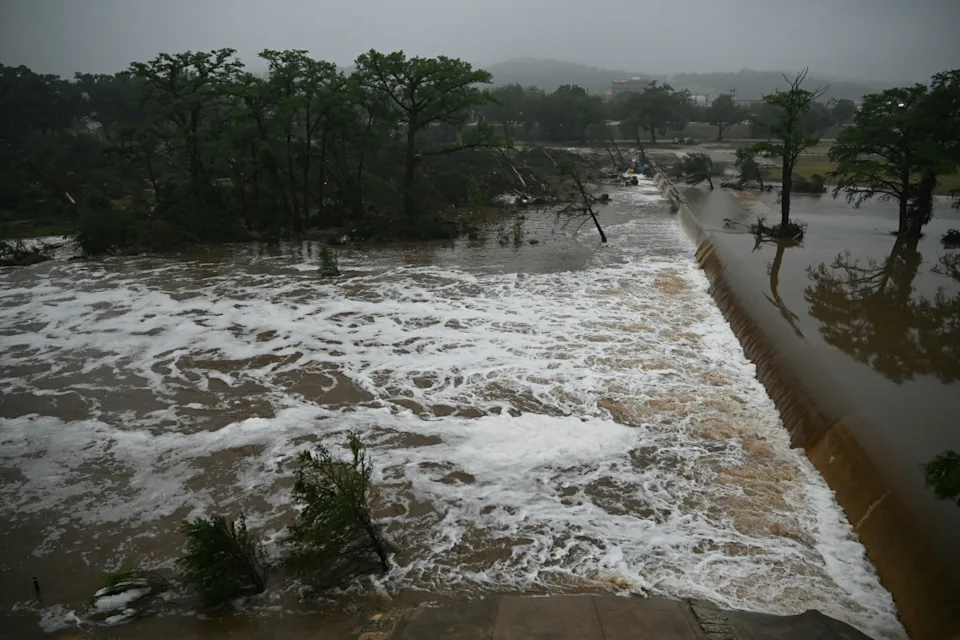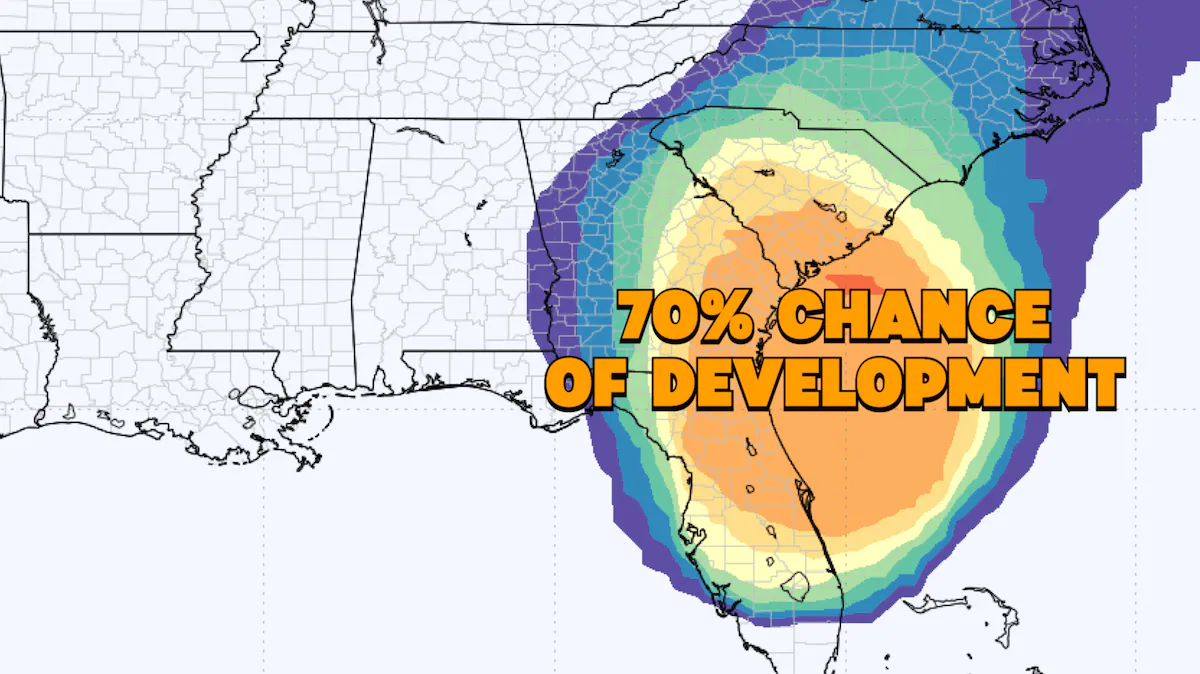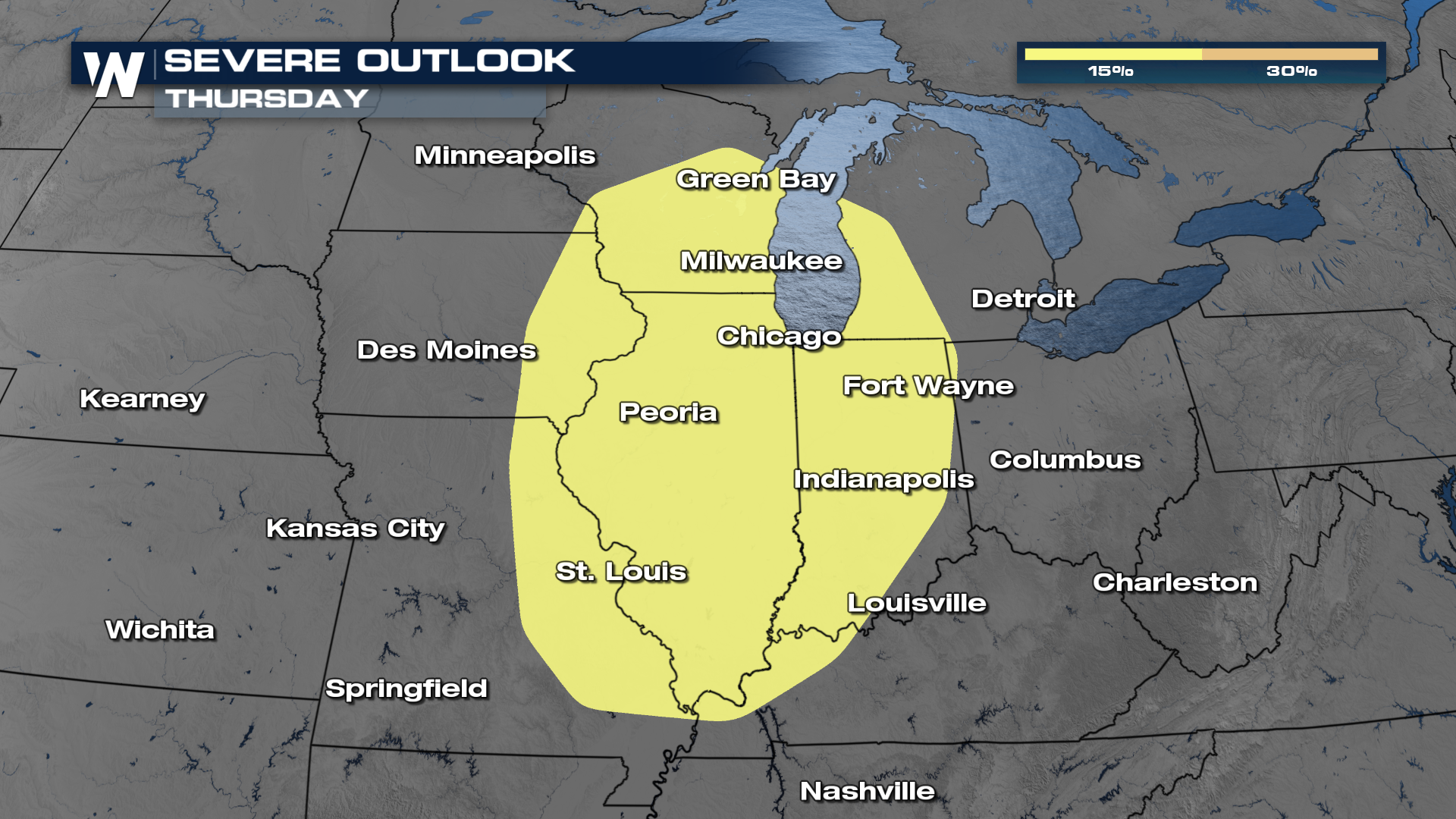Hurricane Lee now Category 3, was advancing west-northwest at 10 mph. Although it had weakened and was far from shore, forecasters anticipated re-strengthening.
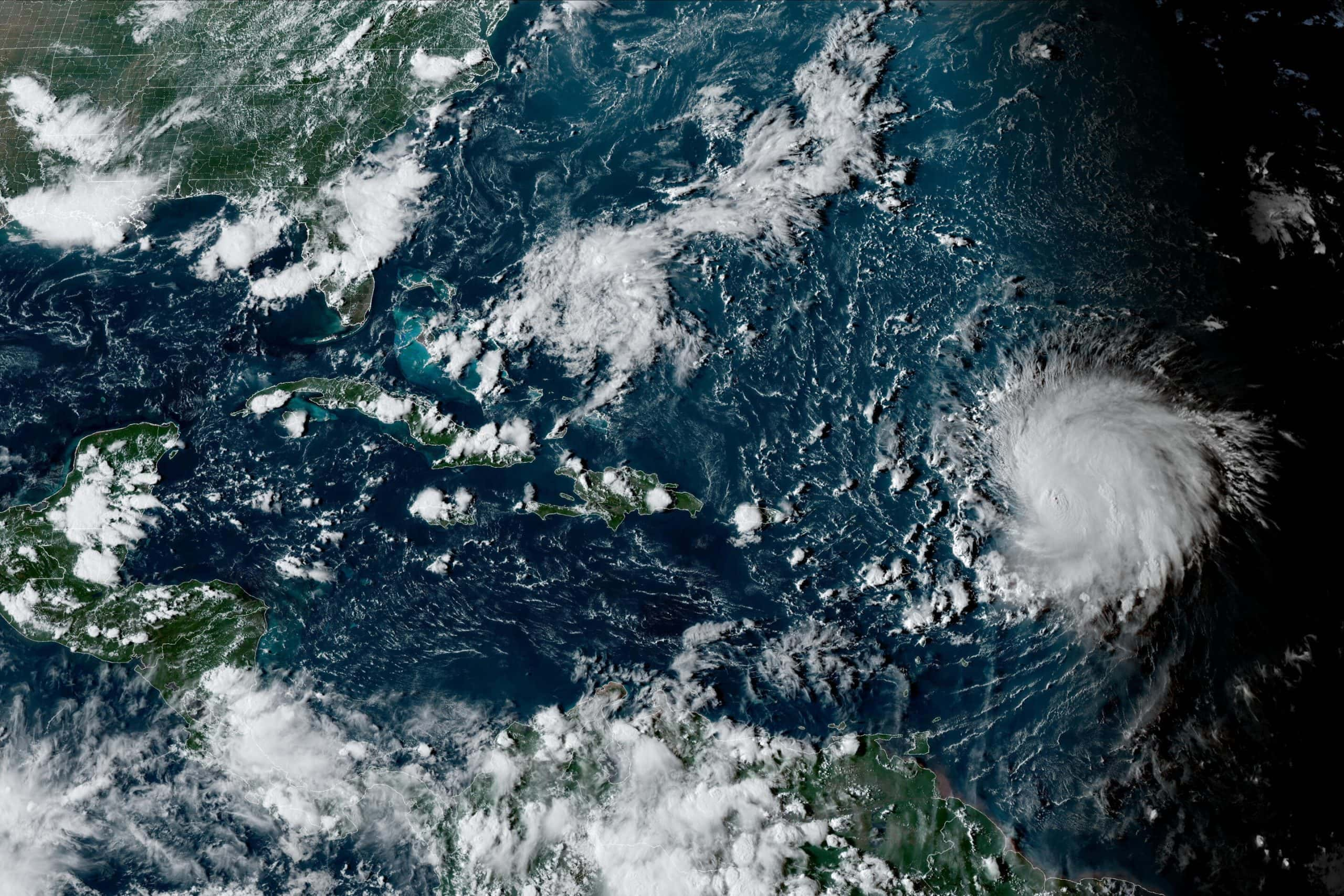
Hurricane Lee forecast suggests a turn northward parallel to the East Coast by Wednesday, albeit well offshore
Jamie Rhome from the National Hurricane Center emphasized that long-term Hurricane Lee forecasts hinge on the interaction of various atmospheric elements. While Florida may likely avoid direct wind and rain impacts, rip currents remain a significant concern. Beyond that, rip currents, rough surf, and erosion could be the extent of the East Coast‘s direct exposure, though final outcomes remain uncertain. Coastal residents in the Northeast and Canada are urged to stay vigilant and monitor Hurricane Lee forecast.
By Saturday evening, Lee was approximately 310 miles northeast of the Leeward Islands, maintaining winds of about 115 mph. The storm’s path is contingent on large-scale atmospheric patterns, especially the jet stream’s behavior. Advanced models provide insights, yet uncertainties persist.
Experts liken Atlantic hurricanes to a river running between mountain ranges, represented by high and low-pressure systems. These systems are anticipated to divert Lee from a direct collision with the East Coast.
The coming days will witness the influence of the Atlantic high pressure followed by an eastern U.S. low-pressure system, ultimately driving Lee northward
Current models concur on this turn, with minor variations. Despite proximity concerns for New England, updated forecasting techniques offer increased precision. The last major hurricane to strike New England was in 1954, underscoring the significance of monitoring Lee’s progress.
While the official Hurricane Lee forecast track indicates the storm’s likely center, its full impact may extend beyond this projection. It is crucial to recognize that not all Hurricane Lee forecast models are equally reliable. The National Hurricane Center relies on the most accurate models to inform their Hurricane Lee forecast, emphasizing the improved accuracy of contemporary prediction methods.
READ ALSO: Ocean Heat Waves Trigger Seabird Die-Offs Along Pacific Coast
